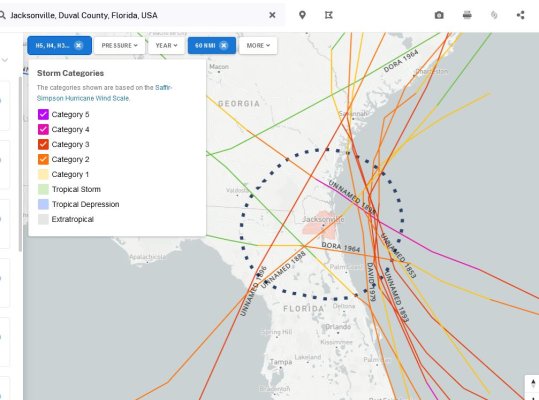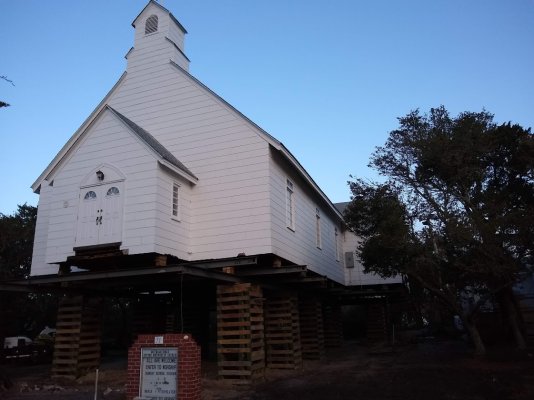Andre1969
Thinks s/he gets paid by the post
I didn't know, either. When I moved to FL from MD four years ago, one of my very first trips was to the tax office for my Homestead application.
My RE taxes were at the previous owner's low rate during the first year, then jumped 50%* (yikes) based on what I paid for the home. Thank goodness for homesteading, as there has been a price "bubble" in my area (they never last).
*It was really 50%, not 33%. Double yikes!
I had a similar thing happen when I bought my house, back in 2018. This was an in-Maryland move, and I knew all about the homestead tax credit. Taxes on the new house were listed at something like $3300, which seemed awfully low to me. However, the house is on well & septic. And while it was extensively remodeled and enlarged in 2008, the assessments hadn't captured that yet. So they had it listed as a 960 square foot house built in 1968. I didn't even think to look up the actual property tax bill, which would have shown how much the homestead tax credit was.
Plus, I bought the house in early September, so the property taxes hadn't been paid yet by the previous owner, but rather by me. So, I figured the $3300 is just what I started at.
So, imagine my shock when, the next year, it came in around $4800! I called the tax office, and they said that was because I had gotten the previous owner's homestead tax credit that first year.
Another thing that happened, in early 2019, is that the house got reassessed, and they finally captured all of those 2008 improvements. The "Above Grade Living Area" jumped from 960 to 3929 square feet. Oddly, that jump didn't make the taxes go up much; it was the elimination of the previous owner's homestead tax credit that did most of it.
Also, I don't know how they count the value of secondary structures. I had a 36x60 pole barn garage with loft built in 2021, and I seriously doubt that's on the assessment yet. However, at my old house, way back in 2006 I had a 24x40 garage built, and it seemed to have no bearing on the assessment/taxes.


